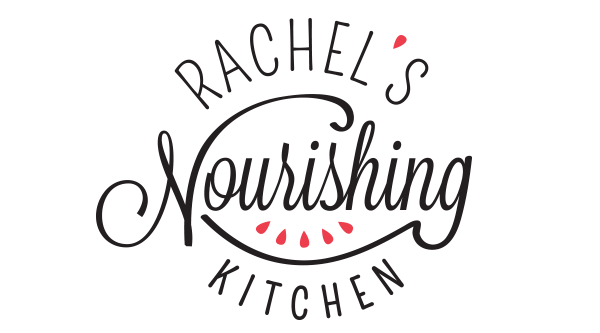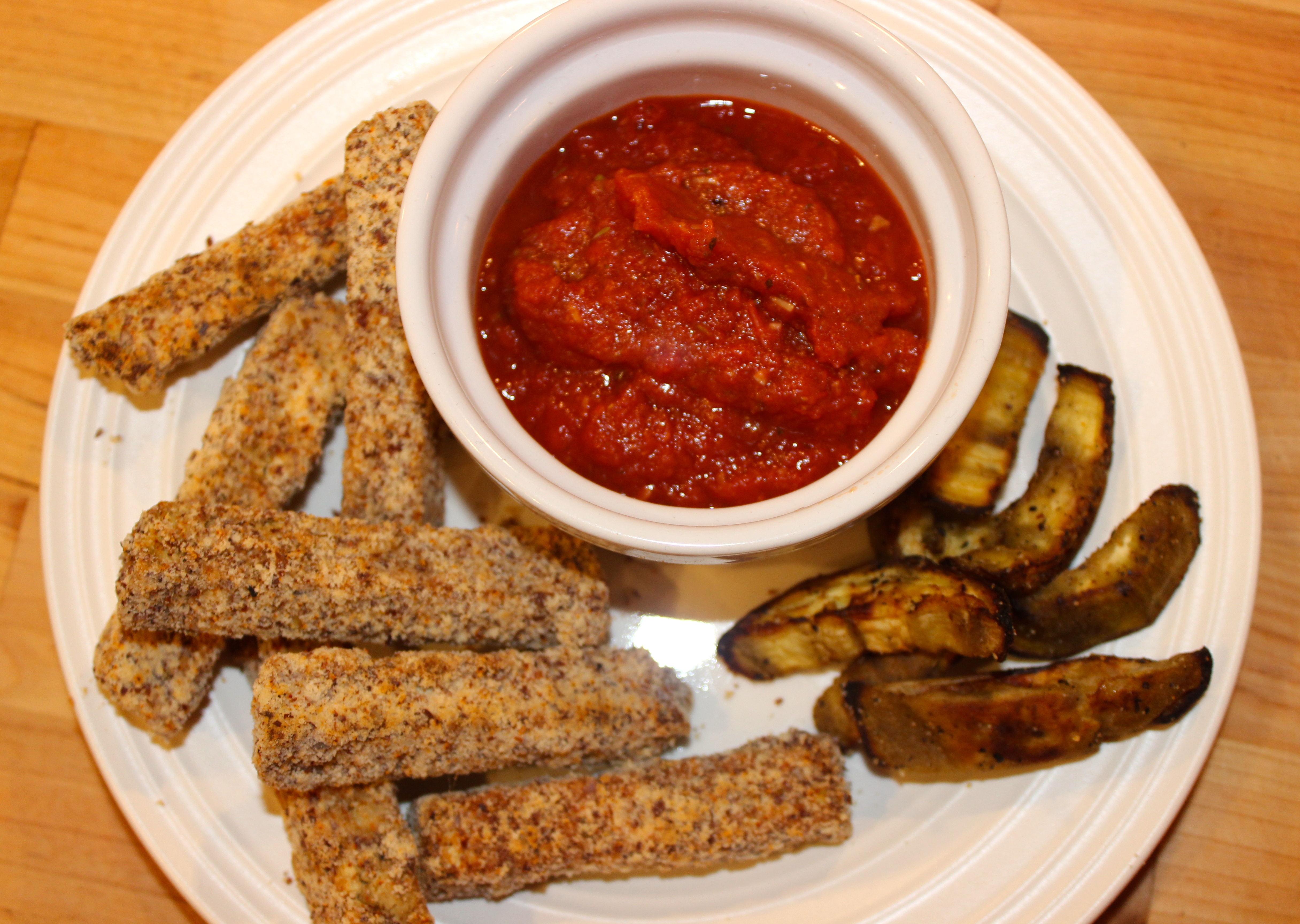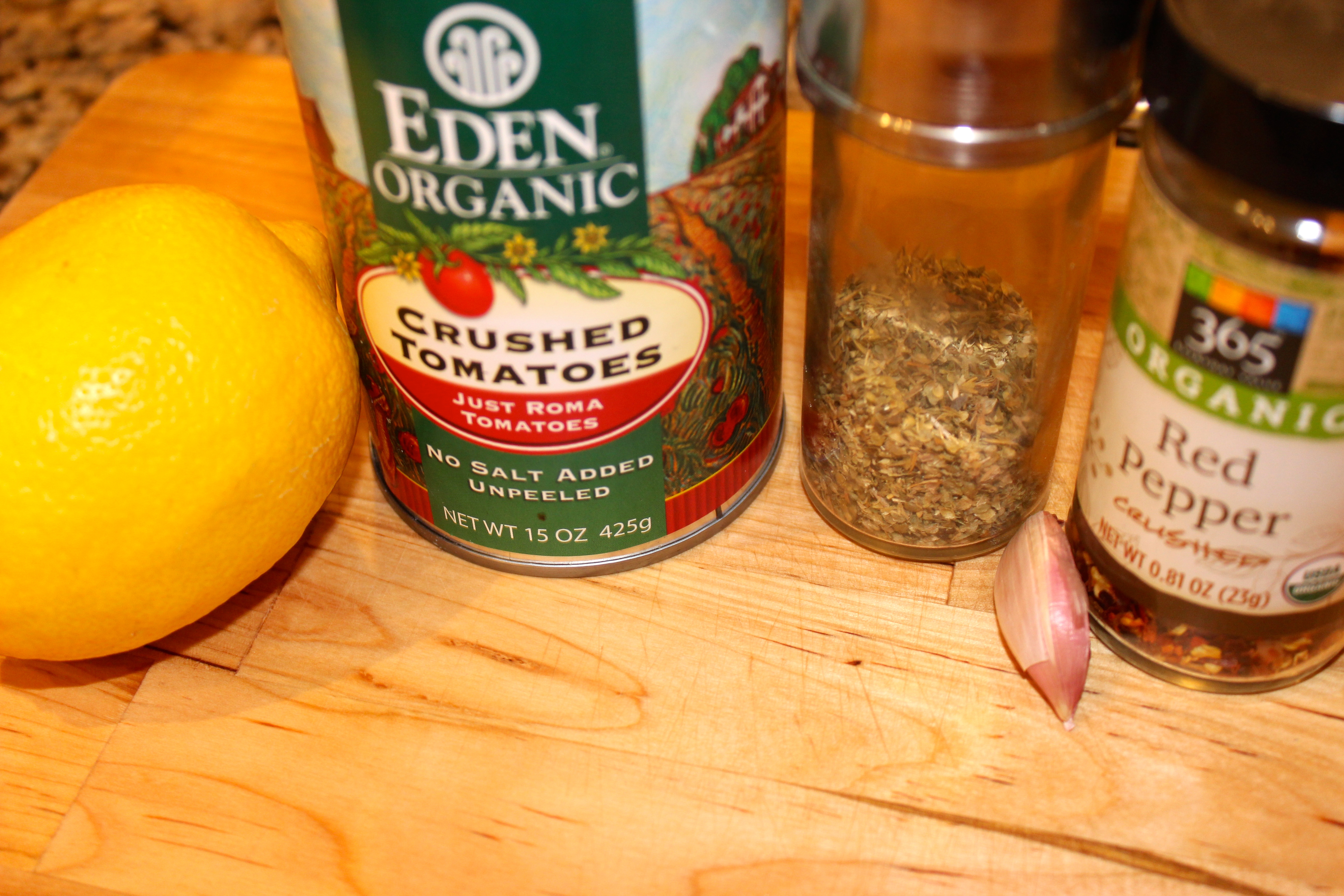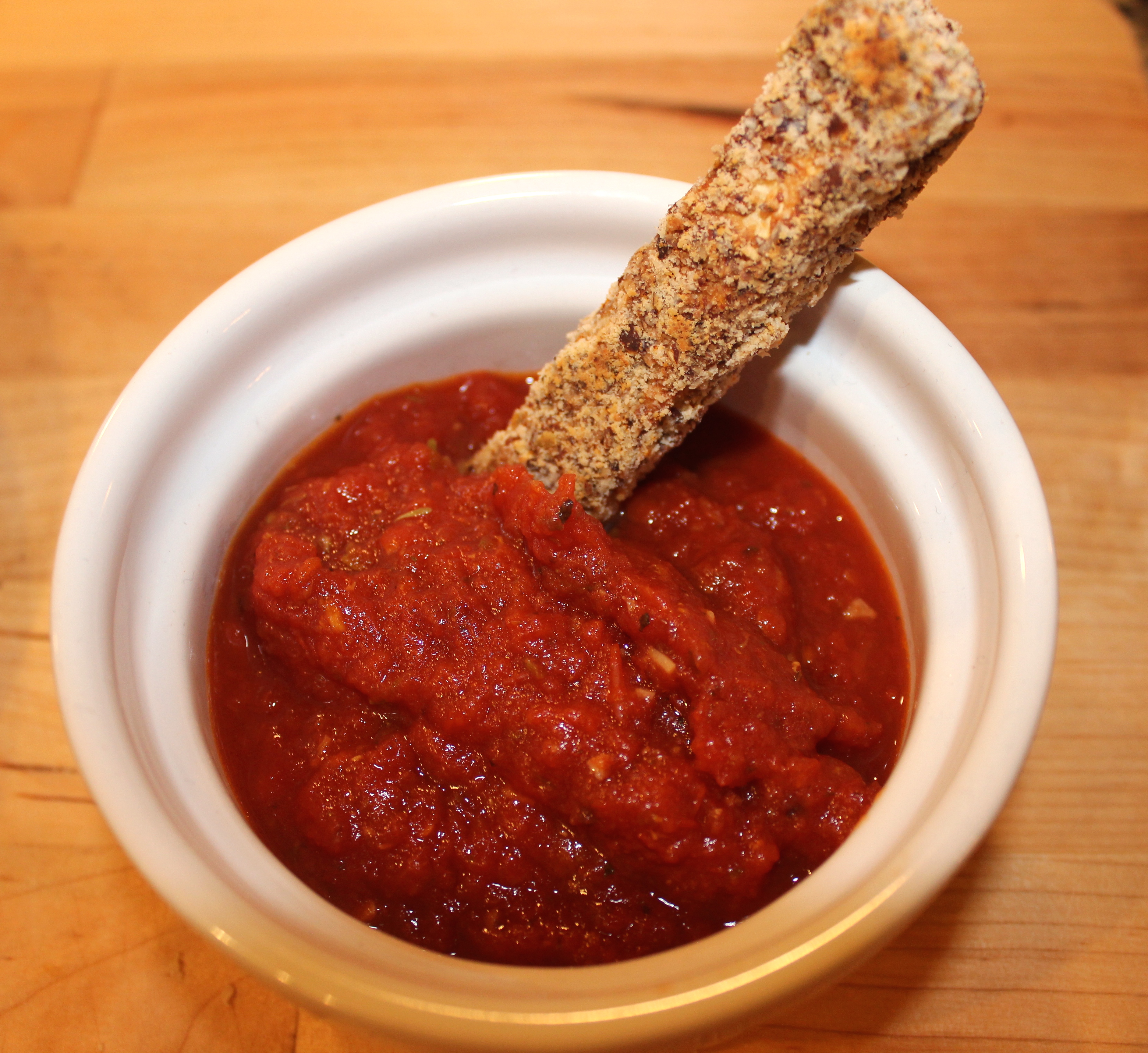My goal in writing this post is to introduce you to a new way of thinking about health and approaching health care.
One of the keys to my healing journey has been partnering with healthcare professionals who are trained to understand my body as an integrated system rather than a series of disconnected symptoms.
Today, I feel better than I’ve ever felt, and you can, too.
For most of my life, I was diagnosed and treated by multiple physicians, who prescribed me medications of some sort at least once a year – medications that, over the span of several decades, damaged my body and compromised my health.
Because of my painful, chronic ear and sinus infections, I started seeing specialists when I was four years old and was prescribed countless doses of antibiotics over the next decade. By the time I was in high school, I had been through a half dozen ear and sinus surgeries. Scarring caused by all of the infections eventually resulted in a 40% hearing loss in my left ear, which I still have today.
One of the most important things to remember after your hearing loss diagnosis is that there are a number of different treatments and products out there that can make managing the health of your ears a little easier. Thankfully, there are treatments and products available now that can combat most types of hearing loss and provide you with a better quality of life. Speaking to your doctor, be they from Southwest Care or elsewhere, is key when it comes to making the choices to help you in your treatment.
For example, one of my friends who lives with hearing loss uses a hearing amplifier and has found that this small device has improved her ability to hear. As with any health-related matter, it is so vital to find unique ways to combat your ailments.
At the age of 19, I started seeing a gastroenterologist for digestive health issues and was put on the acid-reducing medication Prilosec. I ended up staying on a variation of that medicine to control my reflux until I was 28 years old.
The odd thing about all of this? I thought it was normal.
I had bought in to the idea that I needed to see a specialist for every symptom and take “a pill for every ill.” No one was asking what was at the root of my health issues. I was frustrated.
What if it didn’t have to be that way?
What if I could figure out the underlying causes of my discomfort and pain? Was it possible that my ear and sinus issues were related to my digestive problems? Could what I was or wasn’t eating be at the root of why I was sick?
Until recently, I didn’t know that 70-80% of the immune system resides in and along the wall of the digestive tract. Since everything we eat goes through our digestive system and, therefore, interacts with our immune system, how can what we eat not affect our health?
Like so many people, I figured all of the specialists I was seeing would have made connections between what I was eating and why I was sick and in less than optimal health.
Unfortunately, traditional medical school training is focused on diagnosing and treating illness with relatively little education about the significant role of proper nutrition.
In fact, the 2010 Nutrition in Medicine project, which surveyed all 127 accredited medical schools in the U.S., revealed that doctors receive about 20 contact hours of nutrition education in medical school, down from 22.3 hours in 2004. Only about 25% of schools required a dedicated nutrition course.
The bottom line? Nutrition education in medical schools is inadequate, especially given all that is known about the role of food as medicine.
I’m optimistic that this will change in the coming years as prestigious institutions like the University of Maryland, Harvard, Duke, and Yale serve as leaders in preventive, integrative, and functional medicine and nutrition. While less familiar to the general public but widely respected in natural healing circles, I hope students hailing from schools like Bastyr University will play a greater role in our future healthcare system.
In addition to the changes I’ve made on my own to heal my body and restore my health through nutrition, I’ve learned a tremendous amount from reading books and hearing lectures by dozens of renowned physicians and nutrition experts, including Drs. Mark Hyman, Joel Fuhrman, John LaPuma, David Katz, and Alejandro Junger along with nutritionists, Tom Malterre, Kasia Kines and Kimberly Snyder.
A new wave of medicine that looks at the system, not just the symptom, is coming. Health care professionals who know that a focus on diagnosis and treatment isn’t enough if we want to have vibrant health and be well are pursuing training in functional and integrative medicine.
Are you curious about functional medicine from the perspective of a medical doctor? Do you want to know what a qualified medical practitioner thinks of holistic medical care? A doctor who has used this approach to heal dozens of his own health issues and thousands of people who were sick and tired of feeling sick and tired? This video could change the way you look at health forever:
I’ve been fortunate to partner with several health care practitioners who are trained to understand and have experience healing patients by tapping into the diet-disease connections. They are helping me heal my body and undo years of damage.
- Dr. Bill Rollow (integrative medicine doc that both of my parents now see)
- Dr. Mary Jo Fishburn (an integrative medicine physician and my acupuncturist)
- Kasia Kines, MS, MA, CN, CNS, LDN (my nutritionist – the most amazing nutritionist on the planet!)
For the first time in my life, I’ve gone a full year without taking a prescription medication or even so much as an Advil.
For the first time in my life, I’m able to understand the underlying causes of why I was sick for so many years.
For the first time in my life I’m hopeful, no longer in the dark about my health, and inspired to continue my healing journey and help others do the same.
We can be well and stay well. Health and vitality can become the new normal.
Want to find a functional medicine practitioner where you live? Check out this link!

































